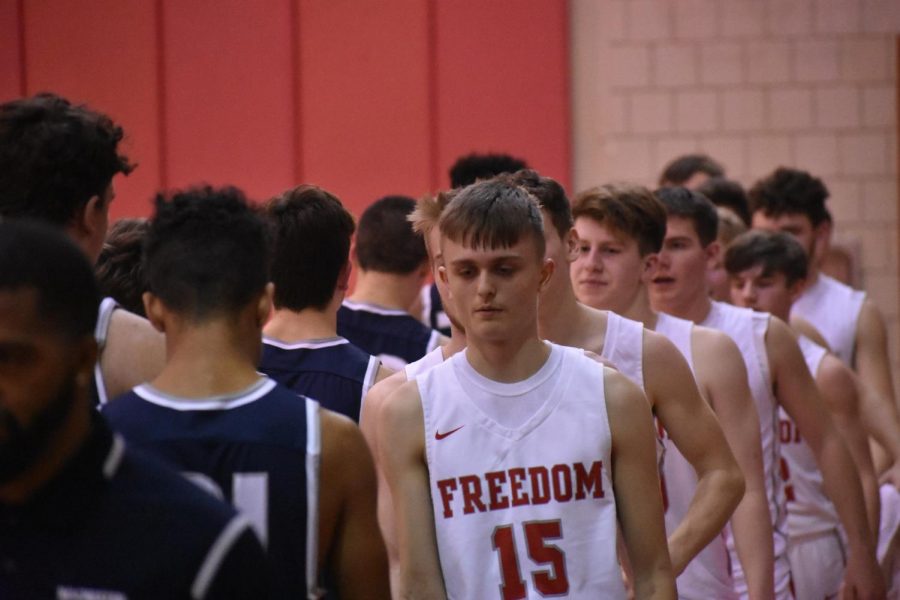Running into conflict
Gym credits for sports wouldn’t work
Some student-athletes at Freedom say that they would like school sports to count towards their required gym credits. But what challenges actually stand in the way of making that dream into reality? Teachers revealed a number of problems that make gym credits for sports an unreasonable idea.
One of the first issues is glaring, especially to teachers. If students are all playing sports, gym class sizes would drop.
Other schools where sports can be taken for gym credits can get around this with. The student population of Freedom cannot be changed, which could put the sports credits dream in jeopardy.
Ignoring that dilemma only leads to further issues. How can a student’s actual participation in a sport be measured? Surely a player on the starting lineup would see more activity than a player who spends their time on the bench. Will they get the same amount of credit?
How is the student-athletes’ physical activity even going to be measured? At Seneca Valley, the class employs a “Verification Form” the coach of the team must sign as a workaround for this issue. This only begs the question: how can a coach know that every player is getting a valuable educational experience?
Gym teacher Chris Coennen: “All of the teachers in the building are certified to teach. Are coaches certified to teach PE? If they are, does what you do on the field line up with the school’s curriculum?” The amount of loopholes in the system could also make the idea hard to sell to the school board.
This brings up a third issue that has to do with the fundamental purpose of Physical Education.
“The point of physical education is to teach students healthy lifelong practices,” gym teacher Lisa Woods said. “We try to teach students about topics that will stay with them longer than a sport they did in high school.”
This makes sense, as the “education” in Physical Education isn’t coming from how long students can last in a PACER test.
Once again, Seneca Valley circumvents this problem by accompanying the sport with a cyber class on everything from maintaining flexibility to designing a personalized fitness plan. Meanwhile, why should Freedom want to spend extra money and resources to buy or create a curriculum for a marginally beneficial class that it doesn’t even need?
In the end, the road to sports credits only led to dead ends.



